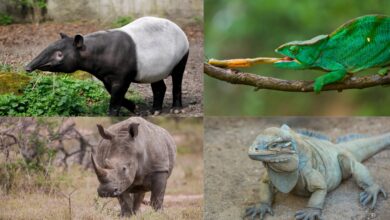Seals and sea lions comparison
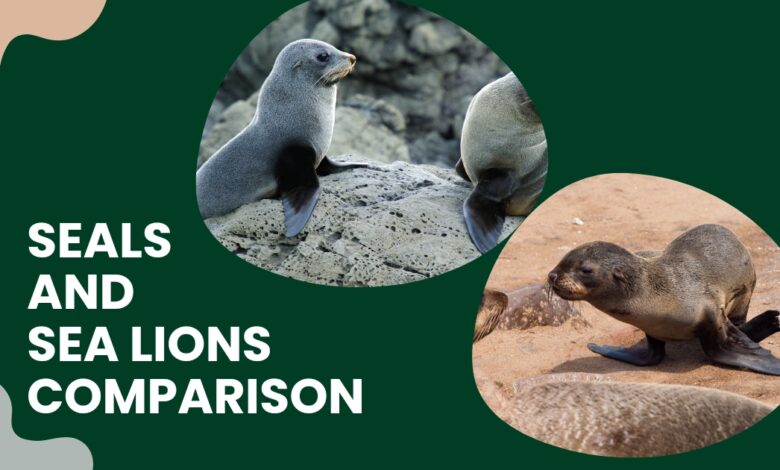
Seals and sea lions comparison
Seals and sea lions, both belonging to the family Otariidae, are fascinating marine mammals known for their semi-aquatic lifestyles. While sharing common characteristics as pinnipeds, these creatures also boast distinctive features that set them apart.
From their physical adaptations to behavioral nuances, exploring the similarities and differences between seals and sea lions unveils the diverse strategies these animals have evolved for thriving in both aquatic and terrestrial environments.
Physical Characteristics
Seals:
Blubber Distribution: Seals have a more even distribution of blubber throughout their bodies, aiding buoyancy and insulation.
Movement on Land: Seals move on land using a caterpillar-like wriggling motion due to their less developed hind flippers.
Sea Lions:
Hind Flipper Mobility: Sea lions can rotate their hind flippers forward, allowing them to move easily on land with a more pronounced walking motion.
Sleeker Torpedo Shape: Sea lions exhibit a sleeker, torpedo-shaped body, enhancing their agility in water.
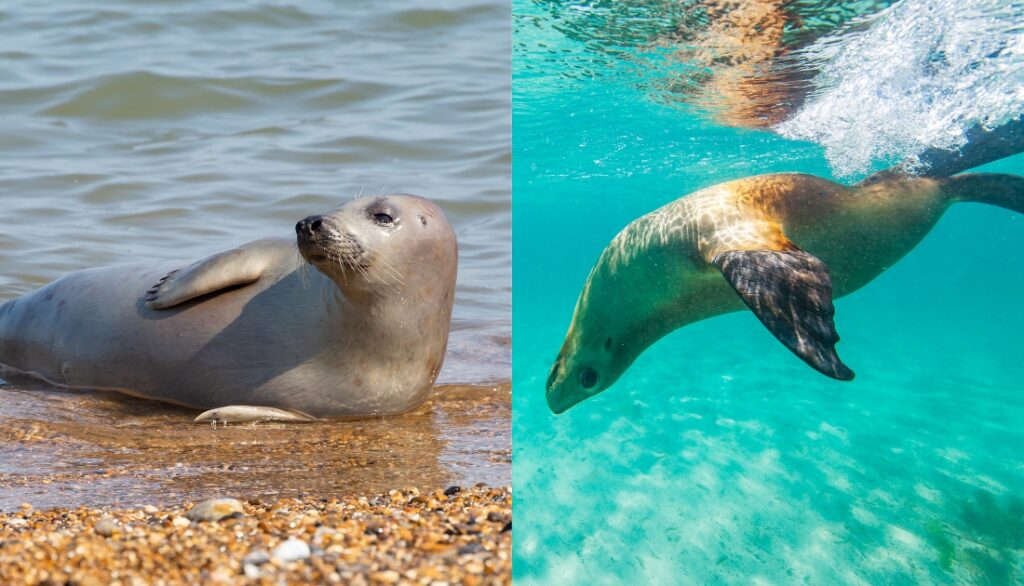
Locomotion on Land: Seals vs. Sea Lions
Seals:
Seals move on land by undulating their bodies, resembling a caterpillar crawl. Their hind flippers are situated at the back, limiting their ability to rotate their hips.
The unique “Galumphing” movement involves pushing their bodies forward with their front flippers and then bringing the hind flippers underneath.
On land, seals might appear clumsy due to their less flexible hip joints and dragging belly motion.
Sea Lions:
Sea lions exhibit a more agile and versatile movement on land compared to seals.
Their hind flippers can rotate forward, allowing them to walk on all fours, a distinct advantage when navigating rocky terrain or beaches.
Sea lions can use their fore flippers to support their weight and walk, and they are also capable of turning their hind flippers forward for a more efficient walk or run.
This adaptation facilitates better mobility on land and enables sea lions to traverse various surfaces with greater ease than seals.
See Also: 7 Animals like to Alligators
Swimming Techniques: Seals vs. Sea Lions
Seals:
Seals are highly adapted for streamlined swimming, relying on their powerful hind flippers to propel themselves through the water.
Their front flippers act like rudders, helping with steering and stability while swimming.
Seals use a combination of body movements and tail flicks to navigate underwater, displaying grace and agility in the ocean.
Sea Lions:
Sea lions are known for their proficient swimming abilities, using all four limbs to propel themselves through the water.
Their fore flippers provide strong thrust, and they can rotate their hind flippers to enhance maneuverability.
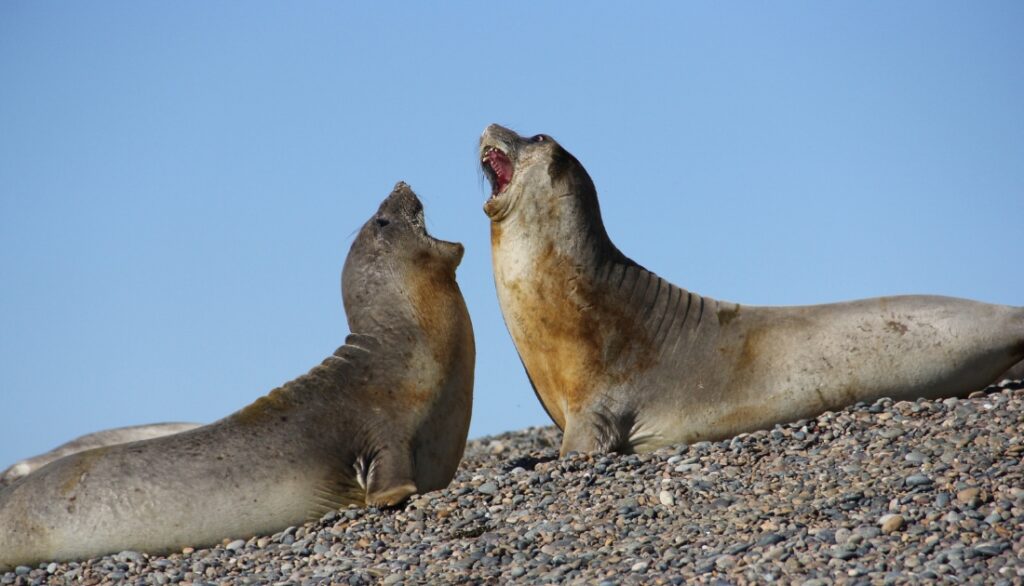
Sea lions often exhibit playful and acrobatic behavior while swimming, showcasing their agility in the water.
Unlike seals, sea lions can “porpoise” – a technique where they leap partially out of the water to breathe while maintaining high speeds.
Both seals and sea lions have evolved distinct swimming techniques, with seals excelling in streamlined efficiency, while sea lions showcase versatility and dynamic movements in the water.
Social Structure: Seals vs. Sea Lions
Seals:
Seals generally have a more solitary and independent lifestyle, often coming together in groups only during breeding seasons or when hauled out on land.
The social structure of seals is often more loosely connected, and they may not engage in extensive group interactions outside of specific circumstances.
During breeding, some seal species form colonies, but interactions are limited to mating or territorial disputes.
Sea Lions:
Sea lions are notably more social and gregarious than seals, often forming large colonies both on land and in the water.
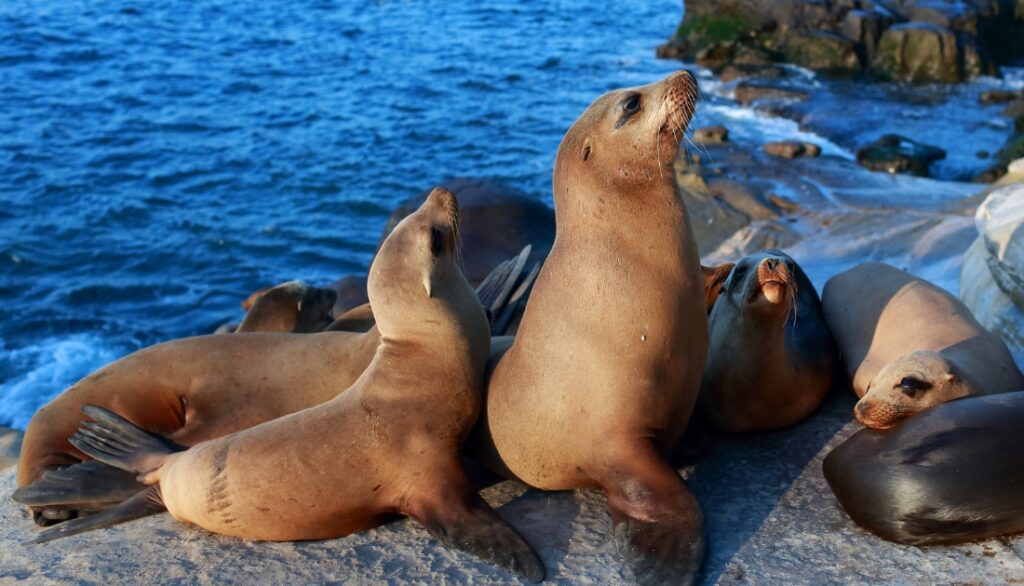
They exhibit complex social hierarchies, with dominant individuals establishing territories and maintaining control over resources.
Sea lions engage in a variety of vocalizations and body language for communication within the group, displaying a higher level of social interaction compared to seals.
In terms of social structure, sea lions stand out for their more intricate and interconnected communities, while seals generally maintain a more solitary existence, only congregating in larger numbers for specific purposes.
Communication: Seals vs. Sea Lions
Seals:
Seals primarily communicate through a range of vocalizations, including grunts, growls, and distinctive calls during the breeding season.
Their communication tends to be more limited and focused on specific situations such as mating rituals or warning calls to signal danger.
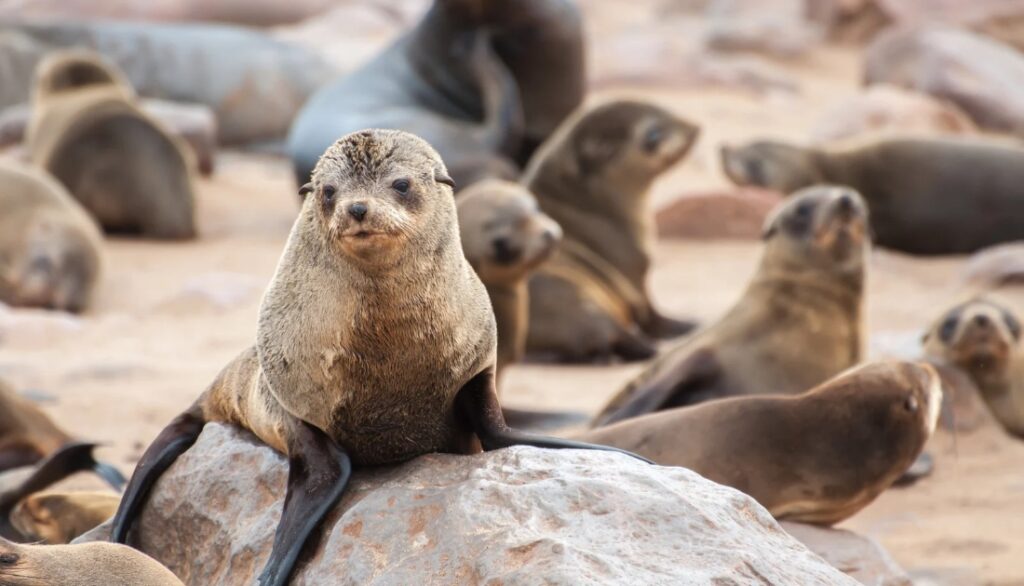
Seals also use body language, such as postures and movements, to convey information, especially during interactions with potential mates or rivals.
Sea Lions:
Sea lions are highly vocal and use an extensive range of sounds for communication, including barks, roars, and distinctive calls that convey different meanings.
Their social nature is reflected in the complexity of their vocalizations, allowing for nuanced communication within the group.
Sea lions use vocal signals not only for mating and territorial disputes but also for coordinating group movements and alerting others to potential threats.
In terms of communication, sea lions exhibit a more sophisticated and varied repertoire compared to seals, reflecting their intricate social dynamics and cooperative behaviors. Seals, while communicative, tend to have a more straightforward vocalization system tailored to specific contexts.
Habitat Preferences: Seals vs. Sea Lions
Seals:
Seals are well-adapted to a diverse range of habitats, including icy polar regions, temperate coastal areas, and even some freshwater environments.
Species like harbor seals and Weddell seals are commonly found in colder climates, often inhabiting sea ice and coastal areas with access to the ocean for hunting.
Some seal species, such as the elephant seal, undertake long migrations, traveling thousands of miles between their breeding and feeding grounds.
Sea Lions:
Sea lions tend to favor warmer coastal environments, including both temperate and tropical regions.
They are often found on rocky shorelines, sandy beaches, or floating platforms like rafts and buoys.
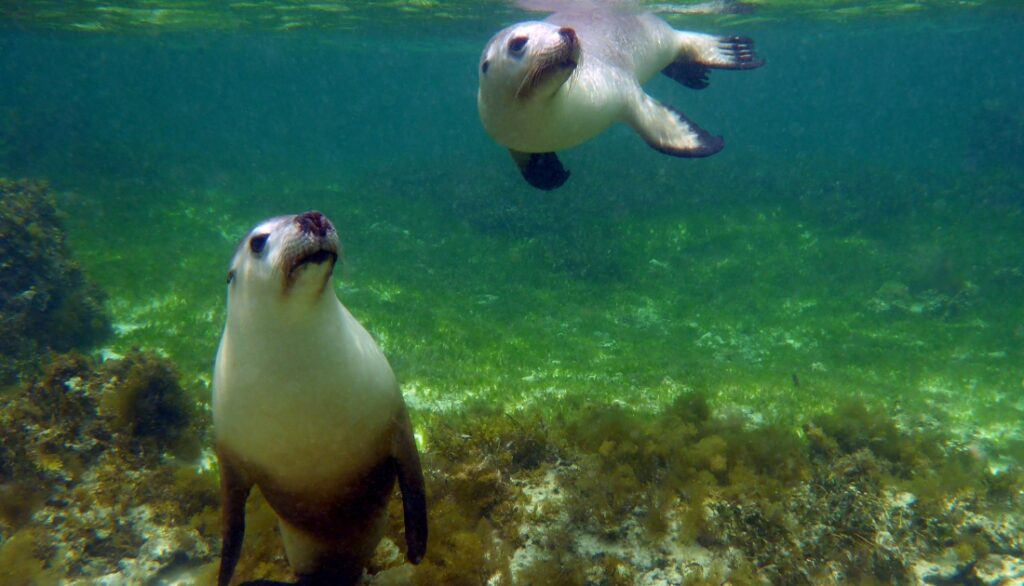
Sea lions are well-suited to haul out on land, using their strong forelimbs to move on rocky surfaces, which is a behavior less commonly observed in seals.
While seals exhibit a broader habitat range, including polar regions, sea lions are generally associated with milder coastal environments, showcasing their preference for warmer climates and distinctive hauling-out behaviors on land.
Adaptation to Environment: Seals vs. Sea Lions
Seals:
Seals possess streamlined bodies with a torpedo-like shape, ideal for efficient swimming and navigating through water with minimal resistance.
Their hind limbs are modified into flippers, hindering their movement on land but providing exceptional propulsion in the water.
Seals have a layer of blubber beneath their skin, serving as insulation against cold temperatures and providing buoyancy.
Sea Lions:
Sea lions have more flexible hind flippers that can be rotated forward, allowing them to move with ease on land using all four limbs.
These marine mammals are known for their strong forelimbs, which aid in powerful swimming strokes and agile movements underwater.
Unlike seals, sea lions have external ear flaps, enhancing their hearing abilities both in and out of the water.
While seals are well-adapted to a life in the water, relying on streamlined bodies and hind flippers, sea lions showcase versatility with limbs suited for effective locomotion both on land and in aquatic environments.


